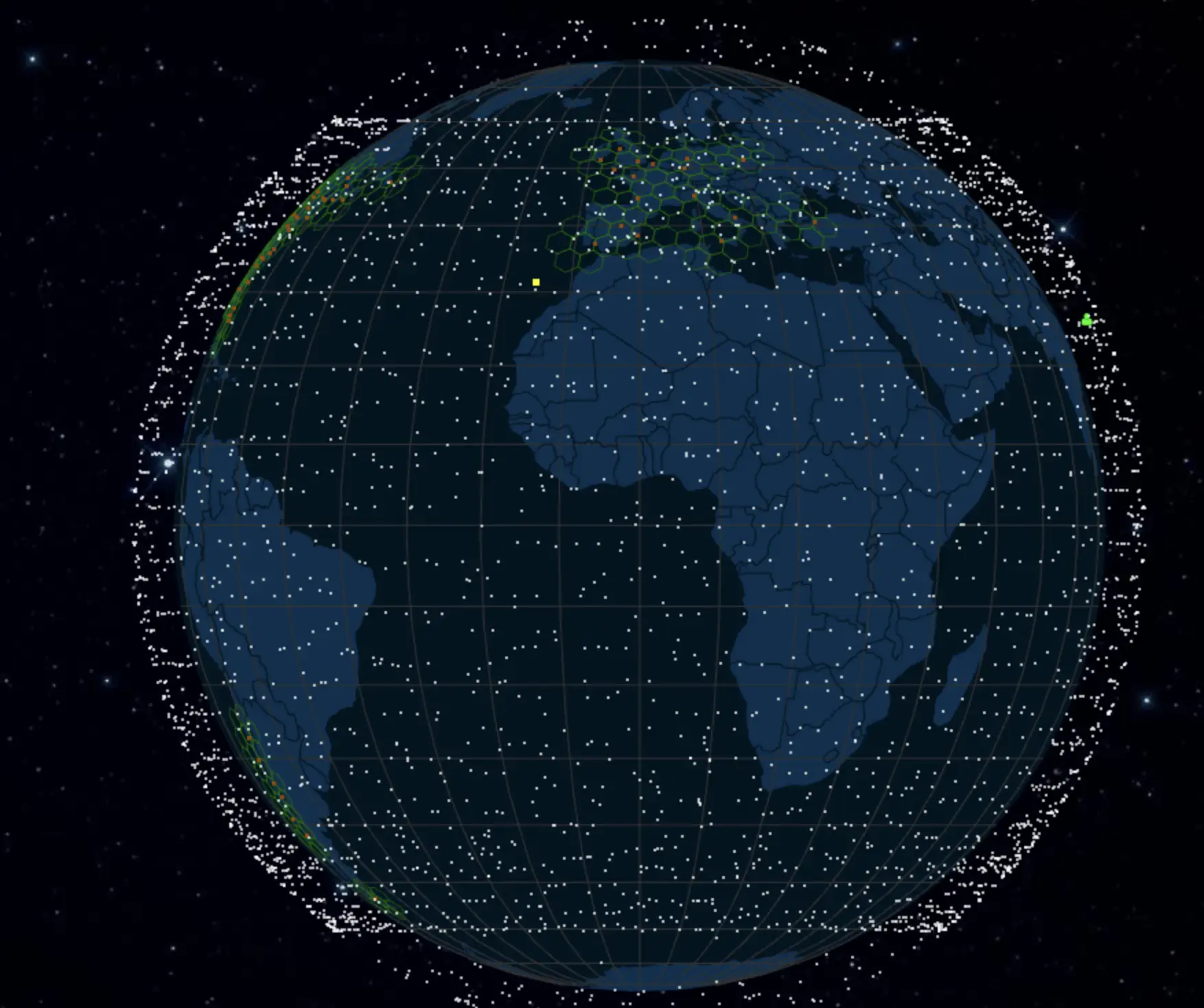Navigating the New Frontier: The Rise of Satellite Internet and Its Global Impact

In the old days, satellite internet was slow and used by few people. Through various initiatives, satellite internet, such as Starlink, has made a comeback. It now serves as a crucial link to reach remote corners of the world. This technology is mission-critical for Ukrainian warfare and holds the promise of covering zones currently without internet access. Yet, affordability in remote areas is key to its adoption.
But can satellite internet also be an option to circumvent internet censorship? With only a small mobile dish—or soon, just a smartphone—users anywhere could potentially bypass restrictions. The feasibility of this approach so far depends heavily on private companies like Starlink or OneWeb offering their services in countries with censorship practices. But also China plans to launch a constellation of 12,992 satellites, joining Russia and the EU, with projects like IRIS2, in providing their own satellite internet solutions. But as these plans unfold, space is becoming increasingly crowded. Thousands of satellites are planned for launch, with Starlink alone accounting for approximately 30,000. This rapid expansion raises questions about the sustainability of space as a resource.
So, how is all of this governed? Laura DeNardis has written an insightful report on Interplanetary Internet Governance, suggesting that existing space treaties could play a role in governing the internet beyond Earth. This emerging field of governance will be key to managing the crowded skies and ensuring that satellite internet remains a viable and accessible option for all.
The German foundation "Stiftung für Wissenschaft und Politik" (SWP) offers fascinating scenarios up to 2035 in their research paper:
- The use of satellite Internet experiences a major breakthrough in 2026 when the first generation of new "satellite-ready" mobile devices hits the market.
- By 2035, almost 60 percent of the world's Internet data flow could potentially pass through these low orbit satellite constellations.
- By 2035, 1 billion people in developing countries could gain access to the Internet for the first time in their lives via the new satellite constellations. As of 2024, almost 3 billion people still lack access.
- In a few years' time, a few private companies such as Starlink, along with state-owned enterprises (e.g., China), could control the majority of the global internet infrastructure.